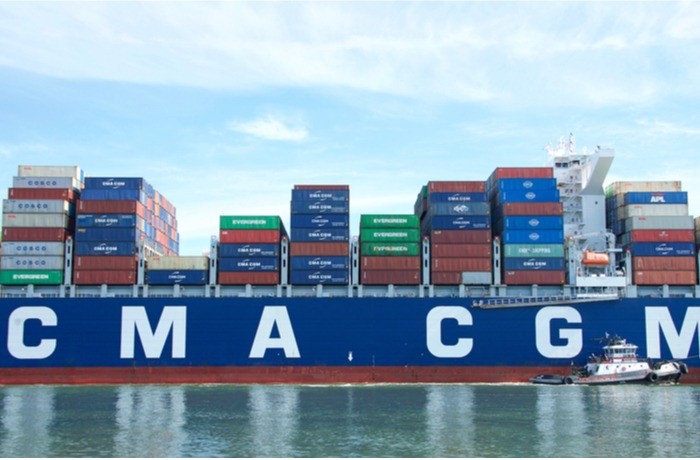CMA CGM’s new Oakland service offers Southern California alternative
CMA CGM’s newly restructured Asian service that makes Oakland its first US port call rather than Los Angeles...

CMA CGM’s new Oakland service offers Southern California alternative
CMA CGM’s newly restructured Asian service that makes Oakland its first US port call rather than Los Angeles allows e-commerce shippers and other importers to avoid Southern California port congestion and get their cargo loaded onto trains days faster.
The Golden Gate Bridge service, formerly known as SeaPriority Express, offers a 12-day transit from Yantian and a 17-day transit from Shanghai. The service is the first Asian service with Oakland as its first call, a long sought-after designation that makes the port more attractive to time-sensitive shippers.
After its first call at Oakland on Feb. 12, the restructured service will call on Seattle before looping back to Kaohsiung, Taiwan; Shanghai; and Yantian, mainland China. The ships will each have capacities in the ranges of 3,718 to 6,282 TEU. In its original form, the service called only Los Angeles and Yantian.
“We had to find an alternative solution that allows supply chains to remain relatively intact and improve transit times so we made that bold move to Oakland,” Ed Aldridge, president of CMA CGM and APL, United States, said in an interview Monday. Aldridge said he does not expect congestion to clear up in Southern California until June at the earliest and the restructured service will be permanent.
And while ocean reliability from Asia to the US West Coast has sunk — falling to 22.1 percent in December — the service will not be delayed by the harbor backlog at the Los Angeles and Long Beach port complex. As of Sunday, there were 29 container ships at berth and 36 at anchor, according to the Marine Exchange of Southern California, the agency that manages ship traffic.
Through advance work with Union Pacific and BNSF railroads and SSA Marine’s Oakland International Container Terminal, CMA CGM aims to provide a rail dwell time — the time it takes for a container to be unloaded from a ship and loaded onto a train — of under one-and-a-half days, Aldridge said. Comparatively, average dwell times in Southern California during non-congestion times is approximately four days, he said.
Aldridge said US importers that are tapping the newly restructured service include a mix of brick-and-mortar retailers pulling for e-commerce channels, strictly e-commerce apparel and garment shippers, and even some shippers looking to truck goods down to Southern California.
The newly restructured service, he said, shows how CMA CGM is boosting its ocean and landside capacity to help shippers amid a record rush of Asia imports that began in the second half of last year and has not relented. Between May and December, CMA CGM deployed 25 extra-loaders on the trans-Pacific, boosting capacity by 114,500 TEU, and upgraded the sizes of 13 ships on Asia-US services. Ultimately, CMA CGM increased total capacity on the trade by 39 percent between the first and second half of 2020.
The carrier is also doubling its dedicated chassis fleet serving Southern California to 3,600, and expanded the number of dray providers it works with.